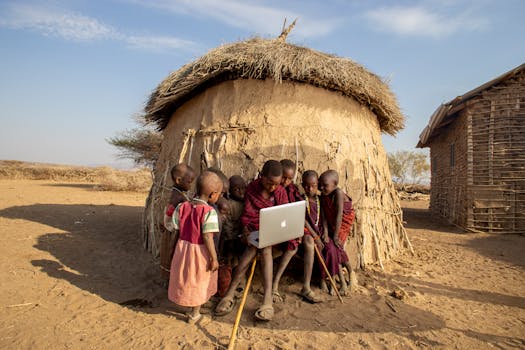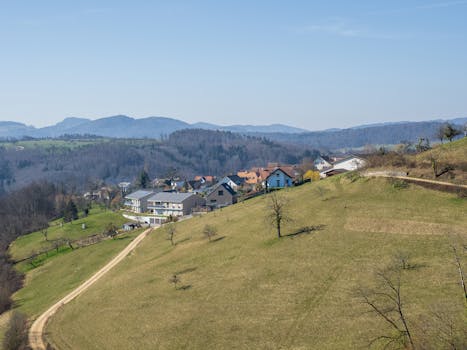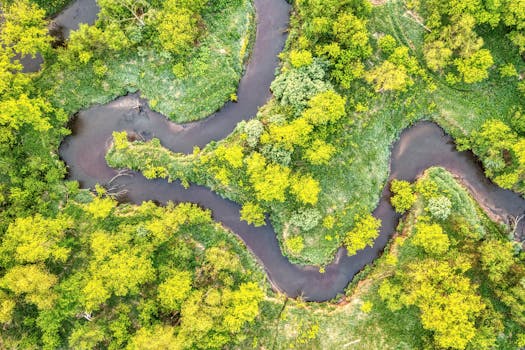
Satellite News: Bridging the Information Gap in Remote Areas
Satellite news is revolutionizing the way we access information in remote areas, providing a vital connection to the rest of the world. With the help of satellite technology, people living in isolated regions can now stay informed about local and global events, access educational resources, and connect with others across the globe.
Introduction to Satellite News

Satellite news refers to the use of satellite technology to broadcast news and information to remote areas. This technology has been instrumental in bridging the information gap in areas where traditional news sources are scarce or non-existent. Satellite news providers use a network of satellites orbiting the Earth to transmit news and information to receivers on the ground, which can then be broadcast to the local population.
Benefits of Satellite News

The benefits of satellite news are numerous. Firstly, it provides access to information in remote areas, where traditional news sources may not be available. This is particularly important for people living in isolated regions, who may not have access to newspapers, radio, or television. Satellite news also provides a platform for local news and content, which can help to promote cultural diversity and preserve traditional practices.
Challenges Facing Satellite News

Despite the many benefits of satellite news, there are also several challenges facing this technology. One of the main challenges is the high cost of satellite technology, which can make it inaccessible to many people in remote areas. Additionally, satellite signals can be affected by weather conditions, such as heavy rain or solar flares, which can disrupt the transmission of news and information.
Conclusion

In conclusion, satellite news is a vital technology that is helping to bridge the information gap in remote areas. While there are challenges facing this technology, the benefits of satellite news far outweigh the costs. As satellite technology continues to evolve and improve, it is likely that we will see even more innovative applications of this technology in the future.

